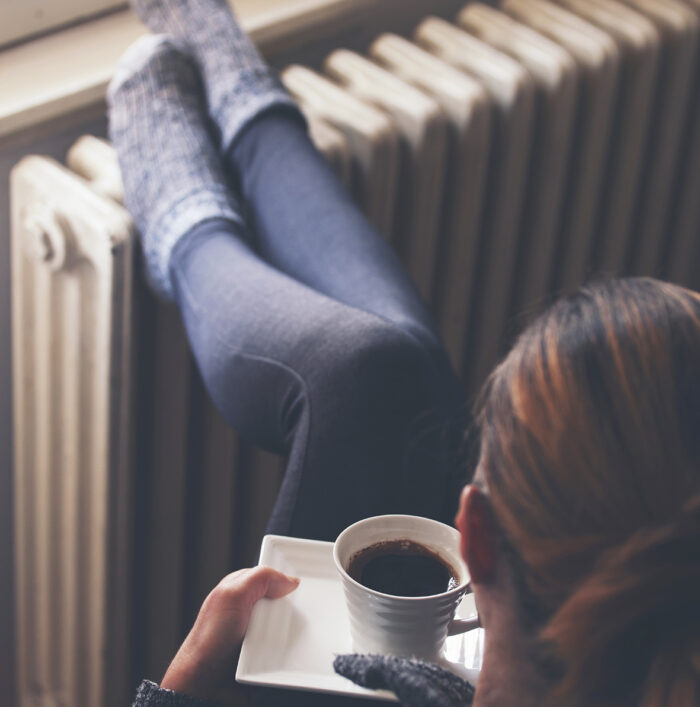A warmer, healthier home
Retrofitting your home can lead to healthier and more comfortable living.

Retrofitting your home can make it a healthier place to live. This is especially beneficial for the very young or elderly, or for anyone in your household with underlying health conditions.
A warmer home
We all want to live in homes which maintain a comfortable temperature throughout the year. The Energy Saving Trust recommends an indoor temperature of 18-21°C.
This range is supported by the World Health Organisation, which found that the elderly and those with health issues may be at risk if the temperature drops below 18°C.
If your home is not energy efficient, then you may find it difficult to maintain a safe and comfortable indoor temperature. In homes with little insulation and inefficient heating systems, a constant temperature of 18°C might result in very high energy bills.
In the least energy efficient homes, it might not even be possible to reach the recommended level of comfort, regardless of how much you spend on heating.
Retrofitting your home makes a healthy indoor temperature possible. At the same time, it can reduce running costs. For example, insulating the fabric of the building means that less heat is lost to the outdoors.
As a result, more of that heat stays inside for longer, giving it time to build up to a comfortable temperature. Since less warmth is being lost, you don’t need to run your heating at high temperatures for extended periods of time.
This means you spend less on your heating bills but still achieve the level of warmth that you want
How to retrofit your home
Retrofitting your home will make it warmer and more affordable to heat. Find out more in our detailed guide.
A healthier home
Energy inefficient homes often have issues with damp and mould. According to the NHS, such conditions can cause respiratory problems like asthma and allergies.
Babies and young children, the elderly, and anyone with existing skin or respiratory problems can be particularly susceptible.
Retrofitting targets the two main causes of damp and mould: cold surfaces and lack of ventilation.
Firstly, by improving your property’s insulation, you reduce the number of cold surfaces. This means that damp and mould have less chance to form in the first place.
Secondly, because retrofitting takes a “whole house retrofitting approach” to energy efficiency, it also looks to improve the ventilation of your property. To prevent damp and mould forming, water vapour in the air needs a way to leave your home.
To that end, a retrofit includes a venting system to move the moisture outdoors. Not only that, but a ventilation system can also bring fresh air into the home.